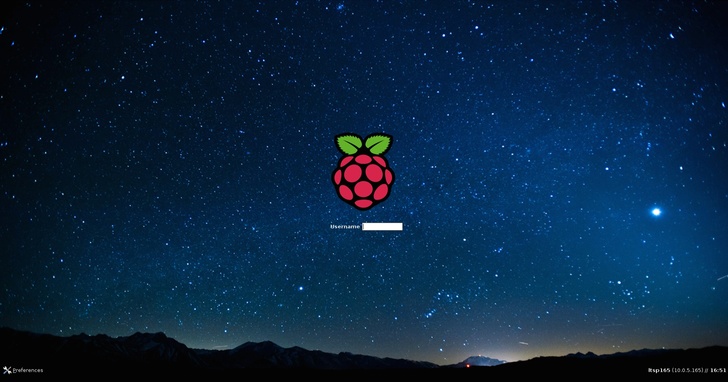| Home | Getting started | Managing users | Collecting work | Shared folders | Backups | Advanced options |
|---|
Getting started with RaspberryPi-LTSP
Ok, I am interested... How do I get started?
First you need to grab the required equipment.
- An old desktop/laptop computer for the server (preferably made within the last 6 years).
- A network switch (requires at least a single gigabit or 1000/100/10mbit port for the server).
- A router (for a standalone network) or connection to your schools network.
- Some Ethernet cables.
- A Raspberry Pi and SD card with a size of at least 128mb (so yes, 2gb, 4gb, 8gb etc cards will also work).
I dont have a spare old desktop/laptop computer sitting around currently..
Note this method is not officially supported although should work anyway.
You can also install a virtual copy of Ubuntu onto another computer to try it out first. This comes with the advantage it is all self contained. If you don't like Raspi-LTSP, you can just delete the entire
virtual machine (is contained in a single file).
Although there are a number of piece of software for virtualisation (and if you have your own you prefer to use, please use it), a few examples include Hyper-V, VMWare, Parallels.
I will be using Virtualbox, a free cross-platform virtualisation platform.
For more info on Virtualbox setup with Raspi-LTSP, check the Virtualbox install guide
Installing
Once you have the needed equipment, you will need to install Ubuntu 14.04 onto your server computer and then install Raspi-LTSP. Overall this takes roughly 2 hours. Of that 2 hours, you are required at the computer for 20-30 minutes maximum. Finally when the installation is complete you must copy the generated SD card boot files to a blank SD card.
Once completed, you may want to change some of the other options in Raspi-LTSP, the full documentation list can be found back on the home page.
